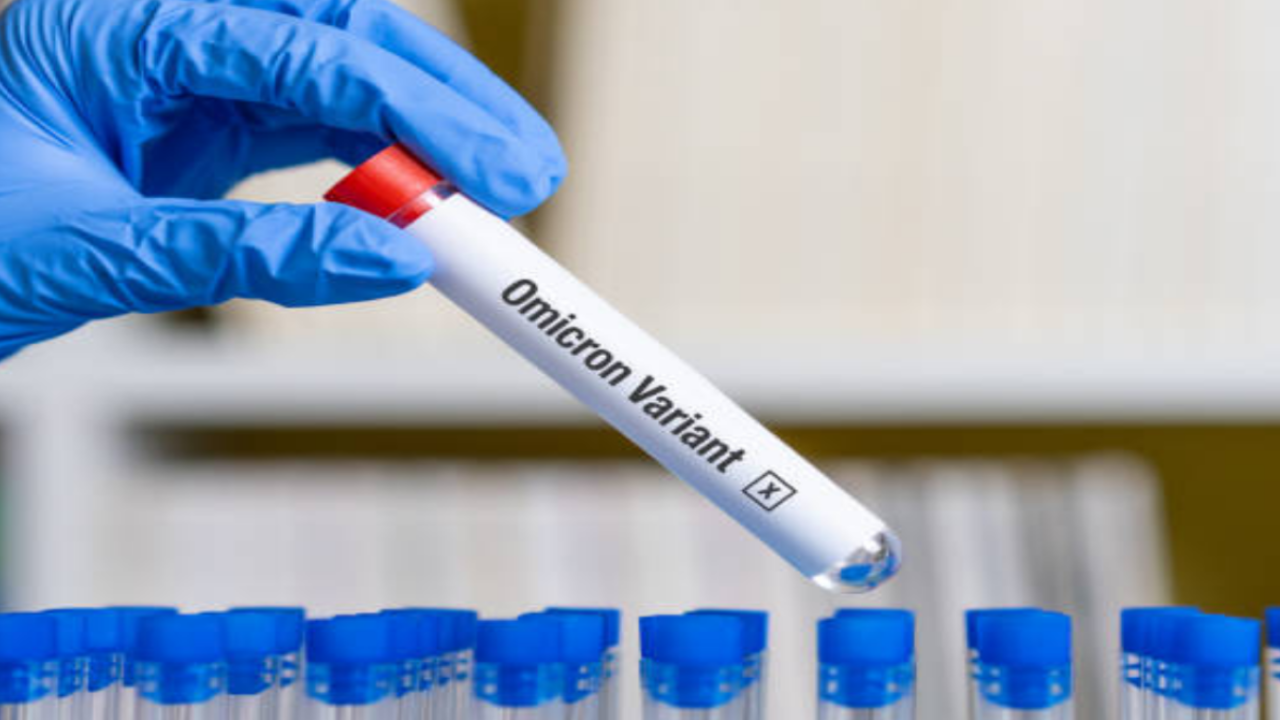
PUNE: It is highly possible a few more "fitter", or more transmissible, sub-lineages of BA.2 are already circulating in India, scientists from the INSACOG lab network told TOI on Monday.
"Three new second-generation variants - BA.2.74, BA.2.75 and BA.2.76 - of Omicron's BA.2 were identified earlier this month and one (BA.2.38), last month. But it's likely that a few more such variants, from the same BA.2 family, are circulating in the country," a senior official from the Department of Biotechnology (DBT) said.
One of the key reasons behind the scientists' suspicion is the continued presence of BA.2 in the overall genome sequencing data, even after six months. This presence, the scientists said, indicates BA.2 is still in the community, circulating in different forms.
One of the INSACOG scientists said, "Despite sub-classifying BA.2 into the four second-generation variants (the three found in July and one in June), we are still finding BA.2 in about 20% of breakthrough cases, even in July. If BA.2 ran its course mainly during the third wave (in January this year) why are we then still detecting it in breakthrough infection cases? This is primarily the premise behind our thinking, that there are one or two more fitter versions of BA.2 still circulating."
The experts said they have communicated their concerns to the international forum that identifies and names circulating strains of SARS-CoV-2
"They are already circulating. The international community (PANGOLIN) needs to identify and confirm their unique mutation sequences and name them accordingly. We have already suggested that," the INSACOG scientist said.
Similar suspicions had led to the detection of BA.2.74, BA.2.75 and BA.2.76 earlier this month.
"It was bewildering to find numbers of BA.2. We were getting equal numbers of BA.2 and BA.2.38 in our sequencing runs. These two were the most dominant even after detection of BA.2.12.1, BA.4 and BA.5 in India, unlike other countries. Following a major wave of BA.2, a surge caused by an unmutated BA.2 was not expected at all," said INSACOG scientist Dr Rajesh Karyakarte, who heads Maharashtra's genome sequencing efforts.
"But all bioinformatic pipelines kept identifying BA.2 in large numbers. This inquiry led to the detection of BA.2.74, BA.2.75 and BA.2.76," he said, adding that it was crucial to then separate them from the original BA.2.
"This was blunting our epidemiological response. Thus, a need to segregate BA.2 was raised at the international PANGOLIN network leading to the new lineages, BA.2.74, BA.2.75 and BA.2.76," he said.







